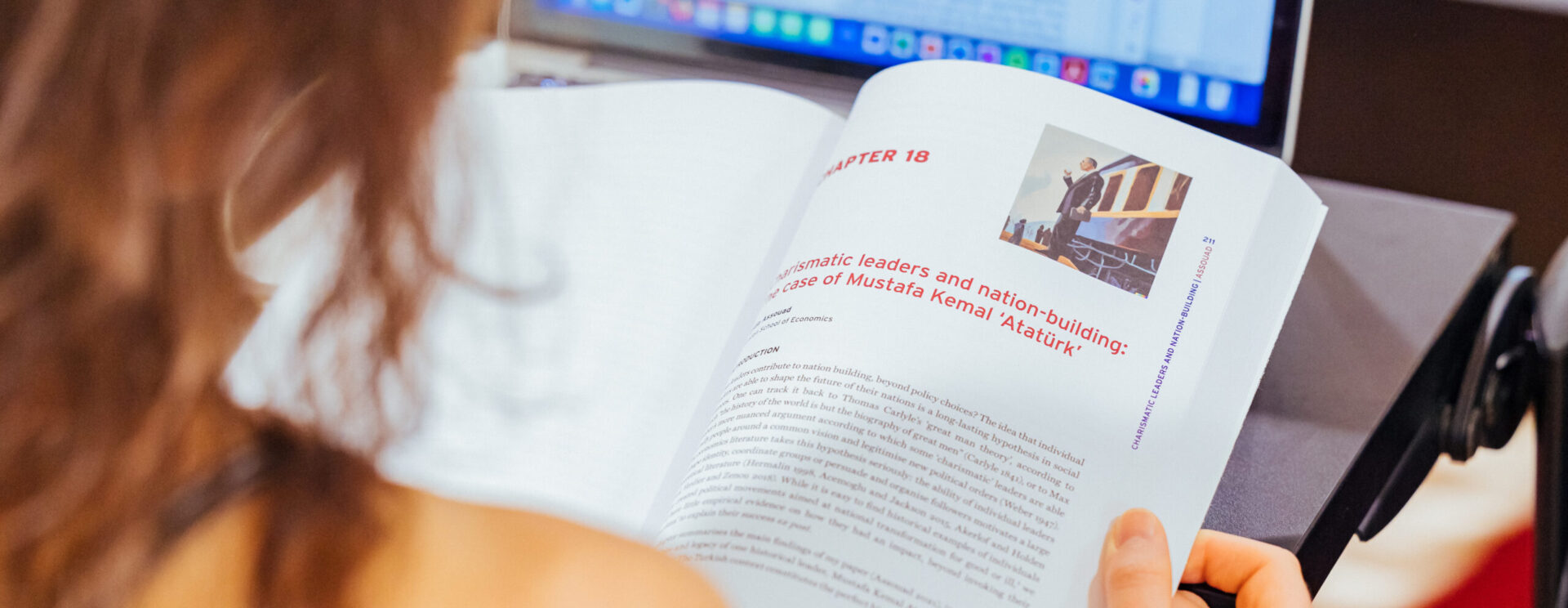Military Service and Human Capital Accumulation: Evidence from Colonial Punjab
Journal article: This paper estimates the impact of military recruitment during World War I on human capital accumulation in colonial Punjab. The empirical strategy exploits the exogenous increase in recruitment by the Indian Army during the war. Higher military recruitment is found to be associated with increased literacy at the district-religion level. The observed improvement in the human capital stock appears to be driven by the informal acquisition of literacy skills by serving soldiers.
Author(s)
Oliver Vanden Eynde
Journal
- The journal of human resources
Date of publication
- 2016
Keywords
- Military service
- Punjab
Pages
- 1003-1035
URL of the HAL notice
Version
- 1
Volume
- 51
